One of the opponents for my Second World War Japanese force for Chain of Command will be British and Commonwealth units. The earliest clashes began in December 1941, with the Japanese invasion of Malaya and Hong Kong. They were followed the next month with the invasion of Burma. At that time the British tropical uniform was essentially the same as that worn in North Africa - khaki drill shorts and shirts.
The same uniform was worn by Commonwealth units, including the Canadians in Hong Kong and the Australian Militia and AIF units in Papua New Guinea in the early stages of that campaign. This means most ranges of miniatures for the 8th Army in North Africa will have suitable figures to cover the fighting in 1942 and in some cases into 1943 and early '44.
As the war progressed it was clear that the tropical uniform was not suited for the jungle. During 1943 and 1944 uniforms changed in colour to a more suitable jungle green. The shorts were replaced by longer pants and a range of lightweight fabrics such as Aertex used for the shirts. However, that is to run ahead of ourselves. As I want to be able to game the entire period of the war in the Far East I have created forces in both khaki drill with shorts and in jungle greens with long pants. The latter are covered in this post.
In the interwar years the tropical issue helmet was not metal, but one made from pith or cork, designed for use in hot climates. This was standard issue to all units posted to tropical destinations and there is much evidence that these were still in use at the time. However, what is not so clear, is whether they were ever worn in combat. By 1940 a soldier posted to a tropical destination was supposed to be issued with both a pith helmet and a steel helmet. While the steel helmet was issued for use on active service, there is some photographic evidence to suggest this may not have always been the case. The images below show British units training in Malaya in November 1941. They would appear to suggest that troops were expected to wear these in combat. It's hard to imagine why they would undertake combat training wearing them otherwise.


I am aware that there were units in the early stages of the Burma campaign that had not yet been issued with steel helmets. They would have had no option but to wear the pith helmets. The Osprey Men-at-Arms book 'The British Army 1939-45 (3) The Far East' states that this was certainly the case for 2nd Bn King's Own Yorkshire Light Infantry, who had been in Burma since 1936 and had not yet been issued steel helmets. They also lacked a full complement of Bren guns and so used Lewis guns to fill the gaps.
While it's not clear exactly how much the pith helmet was worn in combat (if it was at all), what is certain is that the Lewis gun was still in use in many units in Burma, Hong Kong and Malaya. What were considered remote postings like the Far East were often the last to be issued with new equipment, with units closer to home taking top priority.
Also worth noting that the Argyll and Sutherland Highlanders, photographed below while training in Malaya in November 1941, may be in the tropical helmet, but three men are armed with a Thompson sub machine gun (presumably the NCOs) and the man second from the left is carrying a Bren gun. Their helmets may belong to a different era, but their weapons do not.
Early War Miniatures produce a range of tropical British in pith helmets. The range also includes men with Lewis guns. So, just in case the opportunity arises, I have added a platoon of these to my collection for the Far East theatre.
There's a good example of one of those tropical pith helmets in the Hampshire Regiment Museum.

Even if they don't end up seeing much action in the Far East, they wear uniforms suitable for some units in East Africa, as well as campaigns in Syria and Lebanon. Let's just call them a small indulgence.
The basic organisation for all Commonwealth units is the standard British infantry platoon. These were composed of a platoon HQ and three rifle sections, each made up of a team of riflemen and a light machine gun team. The bulk of my platoon is made up of figures from the AB Figures Western Desert range. These will represent British and Commonwealth units from December 1941 and throughout 1942. There is some evidence of units in Burma still wearing this uniform until early 1944.

The picture below is dated September 1942. It shows men of the 2/10th AIF at Milne Bay, New Guinea. As you can see, these Australians are still wearing khaki drill. Interesting to note that the majority of men are wearing helmet covers and several have gas mask bags. The unit had served in North Africa and were aware of the danger of reflection from helmets. As the Japanese had been known to use gas in China, I was not surprised to learn that the unit was still under orders to conduct gas training every two weeks.
In some cases the section corporal (junior leader) could be armed with a rifle not a submachine gun. For these men I have used figures from the
Wargames Foundry 20mm 'British infantry in North Africa' set. That helps to differentiate these figures from the AB other ranks, as they have different poses. A few rocks on the base denotes they are junior leaders.
The corporals carry the M1928 version of the Thompson, an example of which can be seen in the Australian War Memorial museum.
The Foundry figures match up well with those from AB. Here's a section led by one of the rifle armed corporals from Foundry.
The British tended to assign the section Thompson submachine gun to the corporal in command, however, it was common Australian practice to give it to the man in the section likely to make the most aggressive use of it. In which case the corporal would carry a rifle. With that eventuality in mind I have also painted some Australian figures to represent those other ranks who have the SMG instead of the corporal.
AB also do a nice looking section in prone positions.
The platoon is commanded by a lieutenant, with a sergeant as second in command, and in Chain of Command terms, both function as senior leaders. In most cases the lieutenant is armed with a pistol and the sergeant with a rifle. These senior leaders are based on rectangular bases, to help differentiate them from the junior leaders.
The platoon HQ is made up of the lieutenant, the sergeant, a 2” mortar team and an anti-tank rifle team.
Here's the 2" mortar team.
And the anti-tank rifle team.
You can find one of these large, heavy Boys anti-tank rifles in the collection of the Australian War Memorial museum.
That makes up the core platoon. For support units, I have a Vickers medium machine gun team, also from AB. The prone figure on the single base is from Dixon Miniatures. Their 20mm range has some lovely sculpts, but they really are 'true 20mm' and look small in comparison to the AB and Foundry figures. While the prone figure is shorter than the others, it's less noticeable, because he's lying down.
The Canadian War Museum has a Vickers on display, complete with water coolant.
There is a forward observer team, also from AB.
I made up three jump-off-points for Chain of Command using a few spare command figures that I had collected. Two of these were the smaller figures from Dixon, that weren't going to mix well with the AB Figures, but they have served a very useful role in this setting.
A feature of the Far East Handbook for Chain of Command is a Line of Communication marker. This is usually placed on a road and I have been using a model of a Chevrolet truck.

That worked well enough, but I thought it could benefit from a few figures to add more life and narrative. I was looking at the AB Figures range and realised an easy solution would be to repurpose their set of western desert tank crews refuelling to the Far East.

Given the LoC marker is normally placed on a road, it made sense to base the figures to match.

The truck is a metal kit from SHQ.

I have a few casualty figures. They are always useful for replacing those removed in the course of a game, particularly for the photographs that accompany the
reports here on the blog. These two are from Simon's Soldiers.
Anti-tank support comes from a 2 pounder. The gun is a plastic kit from Zvezda and the crew are a mix of AB and Dixon.
The Australian War Memorial museum has a 2 pounder gun on display that you can inspect up close.
The venerable 18 pounder was still in service in the 1930s. The carriage was modified and wheels changed to pneumatic tyres, so the gun could be towed by a vehicle. Other than the inclusion of an AP round, it was much the same gun that served so well in 1914-18. At the start of the second world war a number went to France with the BEF and a number were already stationed in Hong Kong, Malaya and Burma. The gun model is from SHQ and the crew are from the AB set for the 25pdr in the Western Desert. I've hazard a guess it was painted in pre-war Bronze Green and likely remained that colour, but as I say, it's a guess.


There were not many AFVs present in the early stages of the war with Japan. The Universal Carrier was available in various forms and was seen in most theatres. The problem of transporting tanks to the north coast of New Guinea meant the Australians made one attempt to use the available carriers like tanks in an assault at the Duropa Plantation during the battle for Buna in New Guinea. Ill suited to the task assigned to them, it was little surprise that all five carriers were disabled within half an hour.
This carrier is from the Plastic Soldier Company, with a crew from AB Figures.
I've always been surprised at how big the carrier is when you see it up close. Below is one on display at the Tank Museum at Bovington.
There's not a lot of call for soft skin vehicles in platoon level games, but I thought it would be useful to have a few if I want to play games featuring retreats in Burma or Malaya. These could be either scatter terrain or play a role in a scenario where they are trying to escape off the table. I'm not sure whether the Chevrolet 30cwt truck saw much use in the Far East, but I know they were present in North Africa and the Middle East in 1940. This is the metal model from SHQ that I've also used as a Line of Communication marker.
The Lanchester armoured car was present in Hong Kong and in Malaya. It's a typical product of the inter-war years. The lack of tracks meant it was confined mainly to roads, making it more suited to a colonial policing role, rather than a modern armoured vehicle.
There is a very good example of a Lanchester on display at the Tank Museum at Bovington.
The British 7th Armoured Brigade was transferred from North Africa to the Far East in late 1941. They were originally destined for Singapore, but were eventually sent to Burma, arriving in February 1942. They were equipped with early model Stuarts. These were the only tanks in British and Commonwealth service to see action against the Japanese at that early stage of the war. Aside from their use in Burma, they were the first tanks used by the Australians in New Guinea, when the 2/6 Armoured Brigade used them at Buna, following the unsuccessful attack with the Universal Carriers.
The Stuart below comes from the Plastic Soldier Company set, which allows you to make up either early or later versions. This means it's possible to make up the early model with the octagonal turret which featured in the early stages of the campaigns in New Guinea and Burma. In the case of the Burma campaign the option to have both early and later model versions is useful, as all the earlier model Stuarts were lost during the retreat in 1942. Replacement tanks arrived and these were the later models with the rounded turrets, which saw much service during 1944 and '45.
The Australian Armour and Artillery Museum has one of these early version of the M3 Stuart in its collection.
The
Far East Handbook for Chain of Command includes rules for air attacks. Much like a pregame barrage or the Stuka Bombardment rules in the
Blitzkrieg 1940 Handbook these air attacks are abstracted, so there is no need to represent them on the table. However, that sort of thing has never stopped me. If you read any of the AARs for games in our
Many Rivers to Cross campaign, you will see I've used a model of a Stuka as a marker, to represent this pregame event visually. I intend doing the same with our Far East games and with that in mind, I have made a few aircraft.
For this early stage of the war the Allied ground troops received very limited air support and were more often than not on the receiving end of Japanese air attacks. The Far East Handbook includes rules for a Japanese
Zero Attack! and I have a model of one of those for my
Japanese 20mm collection.
There is a Zero on display at the entrance to the museum at the Yasukini Shrine in Tokyo.
For the British and Commonwealth the Brewster Buffalo was present in many squadrons. Its performance was inferior to Japanese fighters and it played very little part in supporting ground forces. Nevertheless, I couldn't resist making one, in this case one of the Airfix 'Vintage Classics' range, a kit dating back to the mid 1970s. Despite its age it is a fairly decent model and with some care can be made into something quite presentable.
The chance of it making an appearance in a ground support role in one of our games is highly unlikely and so I've made this one with the undercarriage down, because it's more likely to appear as a piece of scatter terrain.
Many of the figures featured on this page were used to play a Chain of Command campaign that was published in an issue of
Wargames, Soldiers and Strategy magazine. Entitled
Last Stand on Opium Hill, it is set just before the fall Singapore. Here a company from the Malaya Regiment was trying to hold back the Japanese tide on the outskirts of the city. You can find the first game report
here.
They were also used for
The Driving Charge campaign, this one set during the very opening days of the invasion of Malaya. You can find the first game report
here.
You can see more of my other 20mm collections for the Second World War by clicking on this link
20mm Miniatures.









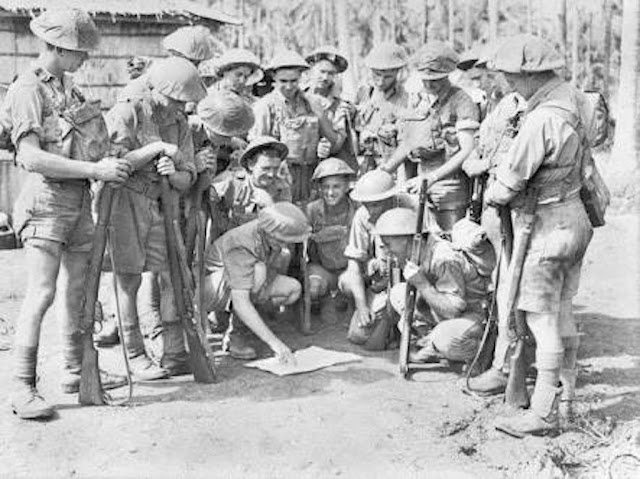


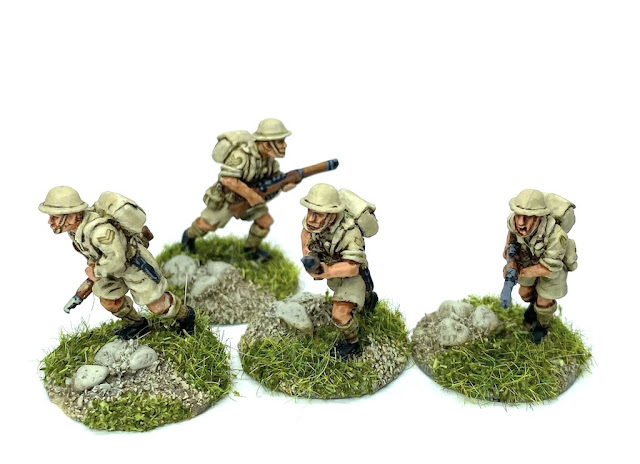



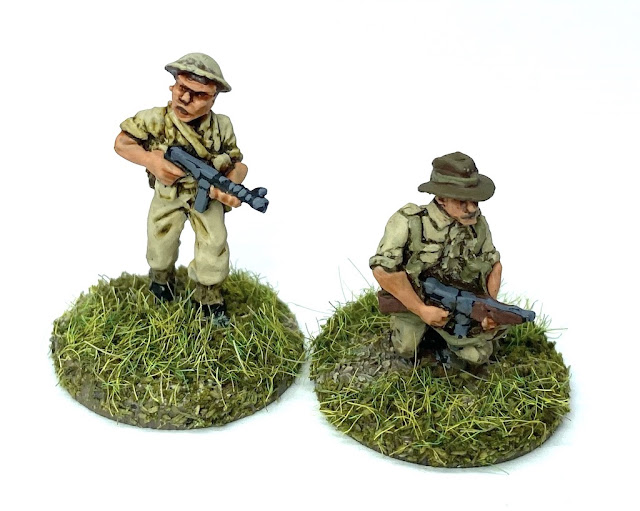














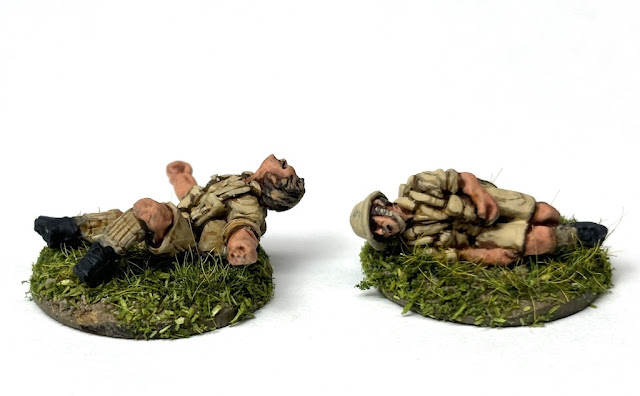



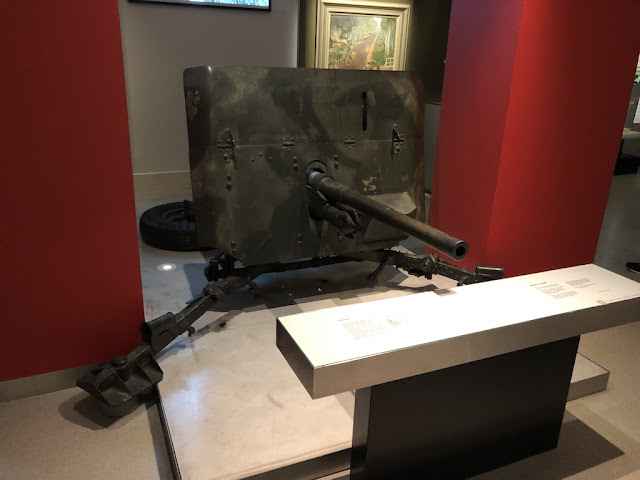



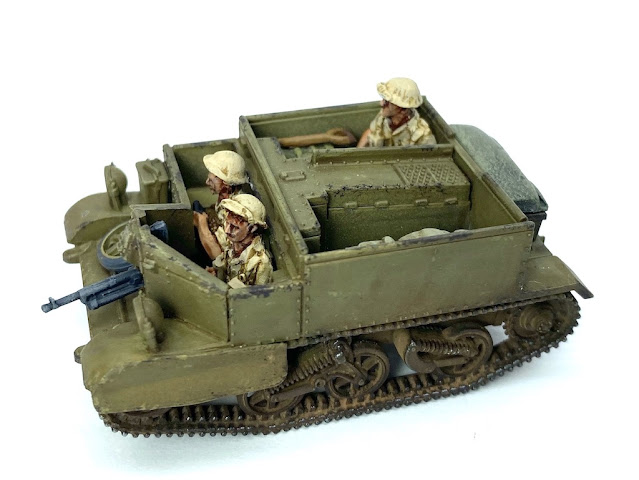






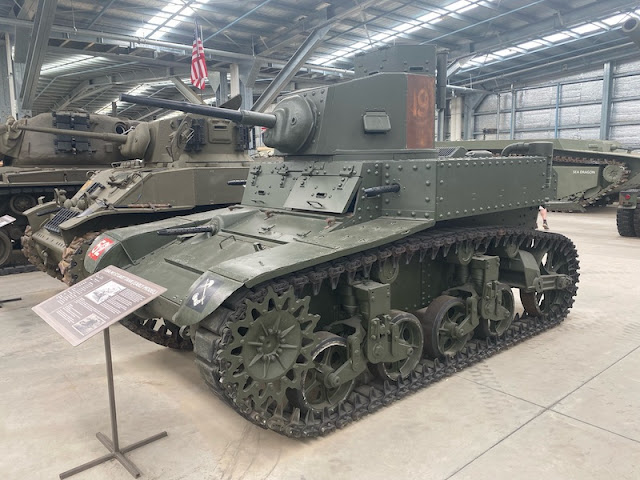






Great job! Thank you. By the way my AB British for Burma figures from Eureka USA arrived today.
ReplyDeleteThanks. I think you'll agree those AB figures are lovely.
DeleteYes, They really are. They’re so nice I almost want to use them exclusively for Burma and use the AB Tropical guys for something else. On second thought will mix them.
DeleteExcellent post! Looks like everywhere I look they are doing Pacific War, or maybe I'm just paying attention now because I have decided to do it myself. In my case I have chosen the Dutch KNIL. But looks like I will have to wait for the Chain of Command Far East book before committing to basing them, as I can't find any organization list.
ReplyDeleteI have been reading your Malaya campaign for inspiration too.
Thanks Matias. I'm tempted by the KNLI, just for something a little bit different, but there are plenty of projects ahead of that!
DeleteVery nice and in 20mm, the proper scale for WW2. Much better than the 28mm plastics (uuurrgghh) that I have seen.
ReplyDeleteThanks Simon. 20mm certainly works for me, although I've nothing against the other scales, it's more a matter of coincidence than design that my WWII force is 20mm, but I'm happy.
DeleteSuper work on the figure and vehicle painting. I enjoyed your historical background especially the assignment of Thompson to the most aggressive man in the team.
ReplyDeleteThanks Jonathan. I have to give credit to Len Tracey who supplied the information about the Australians and the Thompsons. He wrote the Malaya 1942 campaign and we enjoyed playing that one with Dave's Australians making very good use of those Thompsons.
DeleteLovely work! Between your stellar work and Mr Clarke dropping hints on the coming supplement it’s getting increasingly difficult to not delve into this theatre. One I had zero interest in before, I may add
ReplyDeleteAlways tough to try and ignore a theatre that is generating a lot of interest at the moment. I'm doing my best to ignore Infamy, Infamy but I don't know how long I can hold out.
DeleteSplendid, another post to bookmark for should I head out east at some point.
ReplyDeleteThanks Phil, glad you've found it useful.
DeleteThanks for clearing up the uniform question for me. I've had some Kokoda track figures on my painting table for some time now, wondering if I should go with green or khaki. You've got me reaching for the Vallejo Desert Sand, although Jungle Green will be fine too. As the Bard once wrote, "there is nothing either good or bad, but thinking makes it so"
ReplyDeleteAh well, Kokoda gives you both options. The AMF (Militia) were in khaki drill and it was some of the AIF units that came to support them that arrived in jungle green. For my sins I have created units for both to cover all bases.
DeleteVery nice indeed. I am also doing the Malaya campaign but in 28mm, but still haven't completed the forces. 28mm - and representing 2 Argyll & Sutherland. Now I think I need to go back and check whether I have the round magazine Thompson.
ReplyDeletehttp://aleadodyssey.blogspot.com/2019/12/where-am-i.html
Very interesting and useful post...as always! Looking forward to following the campaigns in due course.
ReplyDeleteI love how you paint your figures, I use 20mm too and am slowly improving how they look. Practice makes perfect. I often use your photos as inspiration - have you considered a blog post on painting some figures from the ‘as bought’ stage to complete? Apologies in advance if you have and I missed it!
ReplyDeleteThank you, that’s very kind. I’ve never thought there was anything particularly original in the way I paint and so I’ve never considered it ‘worthy’ of a blog post, but perhaps I should, it’s easy to assume everyone knows what I know. The other issue is that I become so immersed in painting that there’s a tendency to forget to stop at each stage and take pictures.
DeleteI get that, I guess it wouldn’t need pictures but of course they help tell a story. There’s so much that people, new to the hobby like me can learn. There’s lots on YouTube but they often seem geared to 28mm and like you I prefer 20mm. I’m also a big fan of AB miniatures and I’d like to get the best out of them. I’d be interested in priming, do you prime, what colour, what sequence of painting, ie when/if you apply a wash, when you highlight. How you highlight, how you choose colours for highlighting. What bits of the figure you paint first. Brush type and sizes
ReplyDeleteYou’ve inspired me to do this when I do my best batch of painting. Meantime to answer some of your questions. I prime with a grey primer (Vallejo). I then hand paint base coats, normally starting with a dark brown. I paint in layers starting with a dark shade and then lightening in lighter shades on highlights. Until a few years ago I used dips and washes on the entire figure but now I only use a wash selectively and depending on the colour scheme (for example I used a wash on the tropical British Khaki drill uniforms but I painted in layers for the Japanese, Americans and others. So it really depends and much is trial and error and how particular you are about the end result. I’ve always been a model maker and figure painter, even before I got back into miniatures so I come at this from that angle.
DeleteLooking forward to it!
DeleteGreat post and great figures.
ReplyDeleteFor the Australians, does anyone do Papuan troops in 20mm? If so, they'd be a good addition to your collection.
Thanks Tamsin. I’m not sure if anyone does them in 20mm, I can’t recall ever seeing any, but yes, they would be good to add, they saw a lot of action.
DeleteThanks for this post. I really enjoy your point of view on this topic.
ReplyDeleteprp treatment in malaysia
anti-obesity medication malaysia
dermal filler malaysia